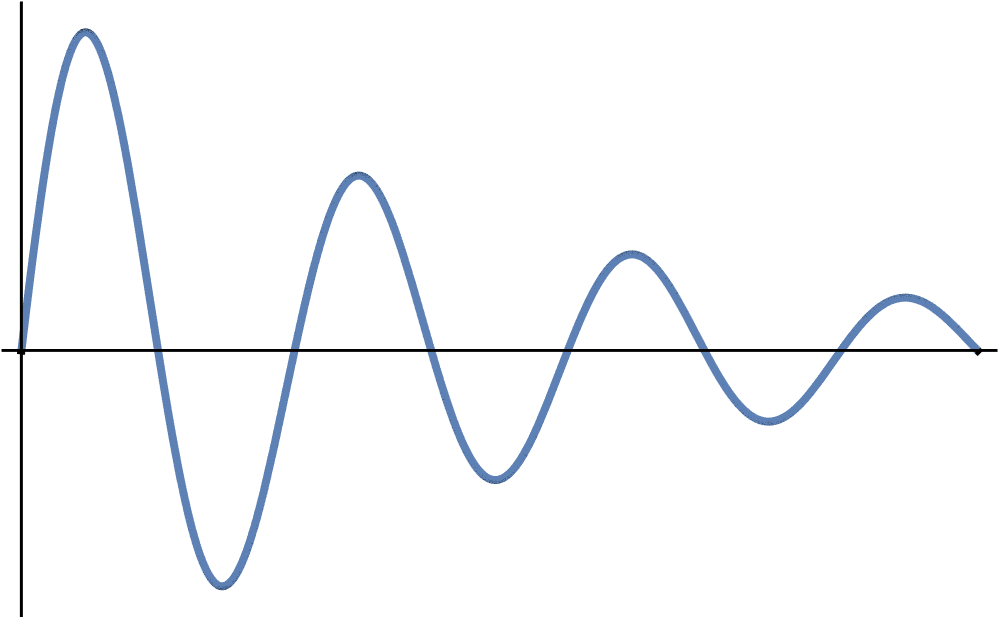Prerequisite concepts
lower anchor MTH 251
Concepts taught
Understanding both difference (how far apart two values are at one time) and change (how far apart the value of a single parameter is at two different times) is necessary for understanding derivatives.
Conceptually, a derivative can be thought of as how much one value changes as another value changes. FIXME: Representations
One can view $\frac{df}{dx}$ as approximately given by a fraction where $df$ is a small change in $f$ and $dx$ is a small change in $x$.
The value of the derivative at a point on a curve can be approximated by the slope of a line secant with the curve near that point.
Technically, the derivative is a ratio of small changes in the limit that the change in the denominator goes to zero: $\frac{df}{dx}=\lim_{h \rightarrow 0} \frac{f(x+h)-f(x)}{h}$
One of Zandieh's process-object layers for derivatives is that derivatives are functions. This means that the value of a derivative depends on where in the domain of the function one is looking. The derivative of a function is itself a function, with the same domain as the original function. Both the (derivative) function and the value of the derivative at a point are commonly referred to as "the derivative."
The derivative of a constant is always zero. This can be understood by thinking of 'The derivative is a ratio of small changes,' as the amount by which a constant changes is zero.
FIXME
The derivative with respect to $x$ of $x^A$ is $A \cdot x^{A-1}$.
At a cusp (or kink) in a curve, the derivative (and it's value) are not defined.
When taking a derivative of a multivariable function, it is possible to consider a simpler situation in which some of the variables are considered to be constant.
When taking the derivative of a product with $n$ factors, the product rule gives that this derivative is equal a sum of $n$ terms, the $i$th of which is the original function but with the $i$th factor replaced by the derivative of the $i$th factor: $\frac{d}{dt}(xy)=\frac{dx}{dt} y+x \frac{dy}{dt}$
If $f=f(y)$ and $y=y(x), then \frac{df}{dy}=\frac{df}{dx}\frac{dx}{dy}.$
In other words, $\frac{dy}{dx} = \frac{1}{\frac{dx}{dy}}$. Note that this concept is challenging to express in Newton's notation, but arises naturally if implicit differentiation is covered.
Taking derivatives of the same function with respect to different variables will produce different results. In physics, these different results might have different dimensions and thus the derivative can have wildly different physical interpretations based off of "'with respect to' what".

The value of the derivative at a point on a curve is equivalent to the slope of a line tangent to the curve at that point. The tangent line can be thought of as the limit of a secant line between two points infinitesimally close together